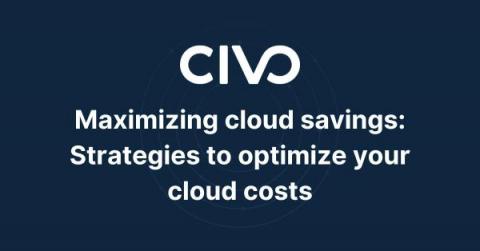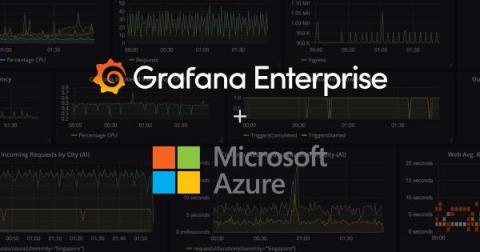Operations | Monitoring | ITSM | DevOps | Cloud
Cloud
The latest News and Information on Cloud monitoring, security and related technologies.
Overview of Folders in Azure Blob Storage
Azure Blob Storage is a fully managed, scalable, and reliable object storage service provided by Microsoft Azure. One of the key features of Azure Blob Storage is the ability to create and organize data in containers called “folders.” In this blog post, we’ll take a closer look at how folders work in Azure Blob Storage and how you can use them to organize and manage your data.
What is Azure Files and what are they used for?
Azure Files is a fully managed, cloud-based file storage service provided by Microsoft Azure that allows you to share files across multiple servers and platforms. One of the key features of Azure Files is the ability to create and organize files in folders, similar to how you would on a traditional file server. In this blog post, we’ll take a closer look at how folders work in Azure Files and how you can use them to share files with others.
NOAH 2022 Zurich: You Don't Need Another Server
Deploying Hanami 2.0 Ruby application on AWS
The deployment of Ruby on Rails and Rack frameworks is embedded in Cloud 66’s DNA, but we are always interested to see other Ruby frameworks becoming popular, and happy to support developers who prefer to use them instead of Rails. In this post, we’re going to show you how easy it is to deploy a Hanami Ruby application on AWS cloud with Cloud 66. The recent Hanami v2.0 release brought a lot of incremental upgrades to the framework, which made it more mature.
Recap of Serverless360's journey in 2022
Maximizing cloud savings: Strategies to optimize your cloud costs
Public cloud users continue to get stung by unexpected costs due to the challenges faced when working with or moving workloads into the cloud. When organizations see this surge in their costs, it typically requires the process of cloud cost optimization to tackle the problem. Cloud cost optimization is the task of minimizing cloud spending by enforcing best practices and appropriate cost-efficient resources.
The 10 Best Multi-Cloud Management Tools In 2023
Azure Managed Grafana users can now upgrade to Grafana Enterprise
In November 2021, we announced a strategic partnership with Microsoft to develop a Microsoft Azure managed service that lets customers run Grafana natively within their Azure cloud platform. Azure Managed Grafana, which became generally available in August 2022, makes it simple for Azure customers to deploy secure and scalable Grafana instances and connect to open source, cloud, and third-party data sources for visualization and analysis.
Tigera 2023 predictions: Cloud native security and the shifting landscape in 2023
Cloud computing and the use of cloud native architectures enable unparalleled performance, flexibility, and velocity. The speed of innovation has driven significant advancements across industries, but as digitalization continues pushing applications and services to the cloud, bad actors’ intrusion techniques have also become more sophisticated.











